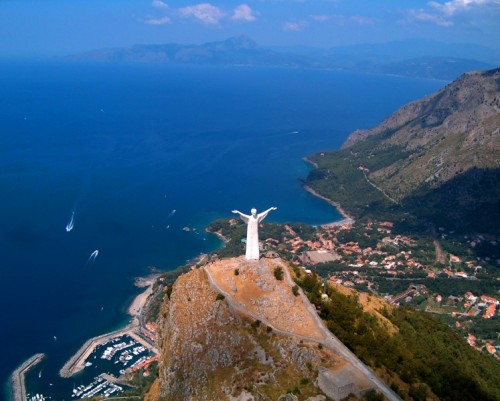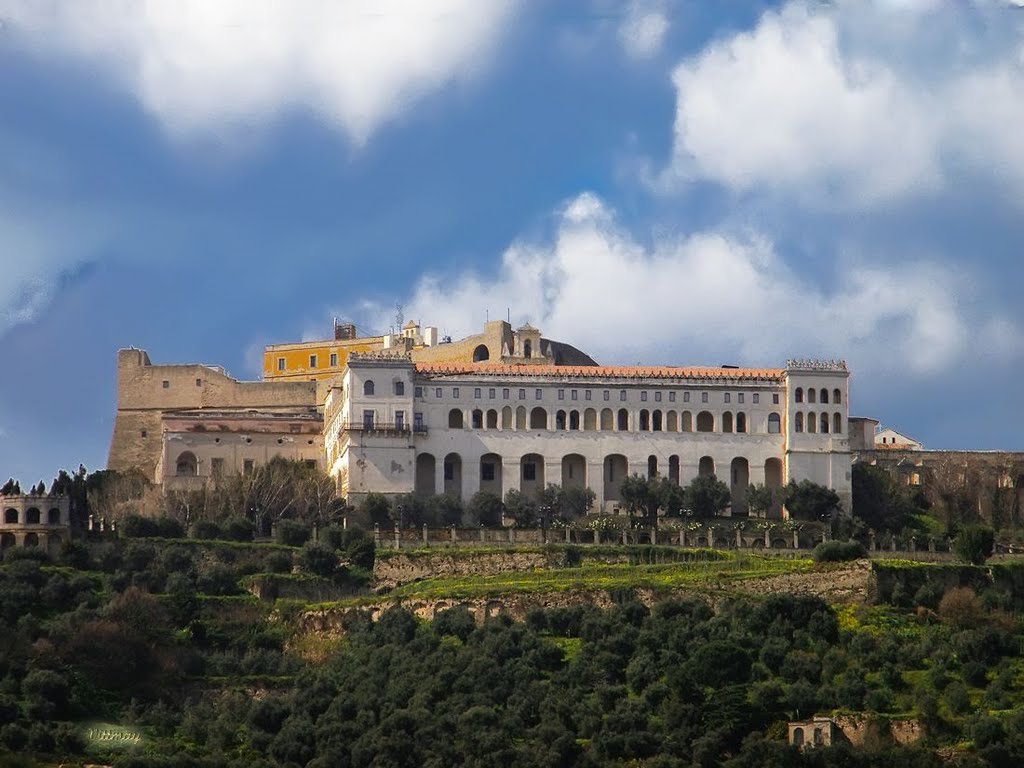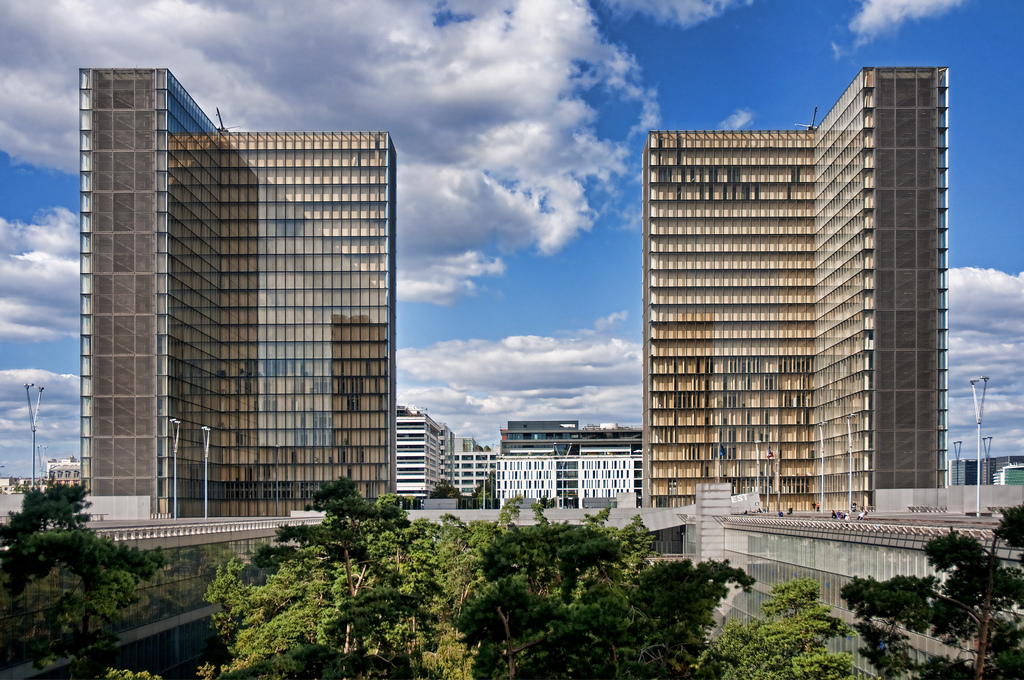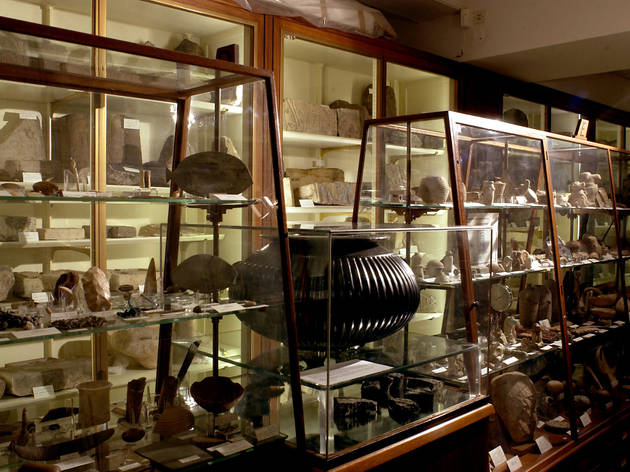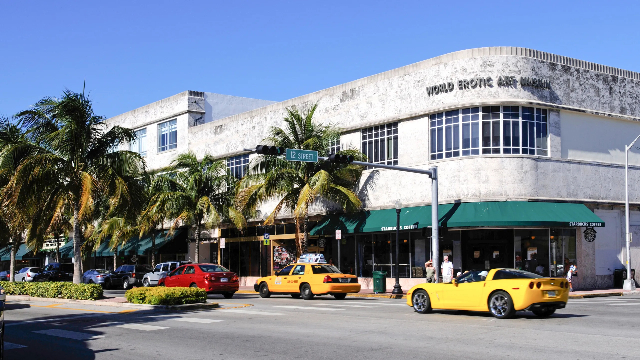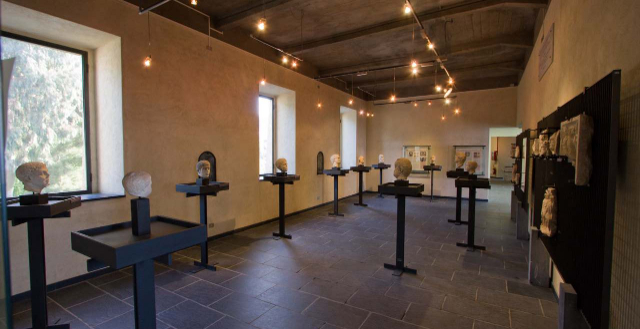Located in the ancient Maratea Superior , also known as the Castello, the work of Florentine sculptor Bruno Innocenzi (Florence 1906-1986) and commissioned by Count Stefano Rivetti of Valcervo, the statue was erected in 1965 on the summit of Mount San Biagio at the site of a stone memorial cross.
The statue was made of reinforced concrete covered with a mixture of white cement and Carrara marble.
By virtue of the particular configuration of the face , the statue , an unmistakable landmark for seafarers, gives the impression to a distant observer that the gaze is turned, contrary to reality, toward the sea.
The statue has an internal technical gap useful for reaching the top for maintenance work , with a ladder ladder that cannot be used for tourist purposes.
The belvedere at the foot of the statue is the most panoramic point of the entire territory of Maratea with an exceptional 360-degree view of the magical profile of the coast and inland mountains.
The statue is located right in front of the Shrine of St. Blaise, Armenian Martyr patron of Maratea whose relics have been preserved in the Basilica since 732 AD . The Basilica can be visited with the decorum due to a place of prayer, throughout the day except during times when sacred services are held.
Along the slightly uphill pedestrian path that leads from the Basilica to the Statue, one passes through the ruins of the ancient Castle of Maratea , razed to the ground by the French after capitulating following a long siege in December 1806.
